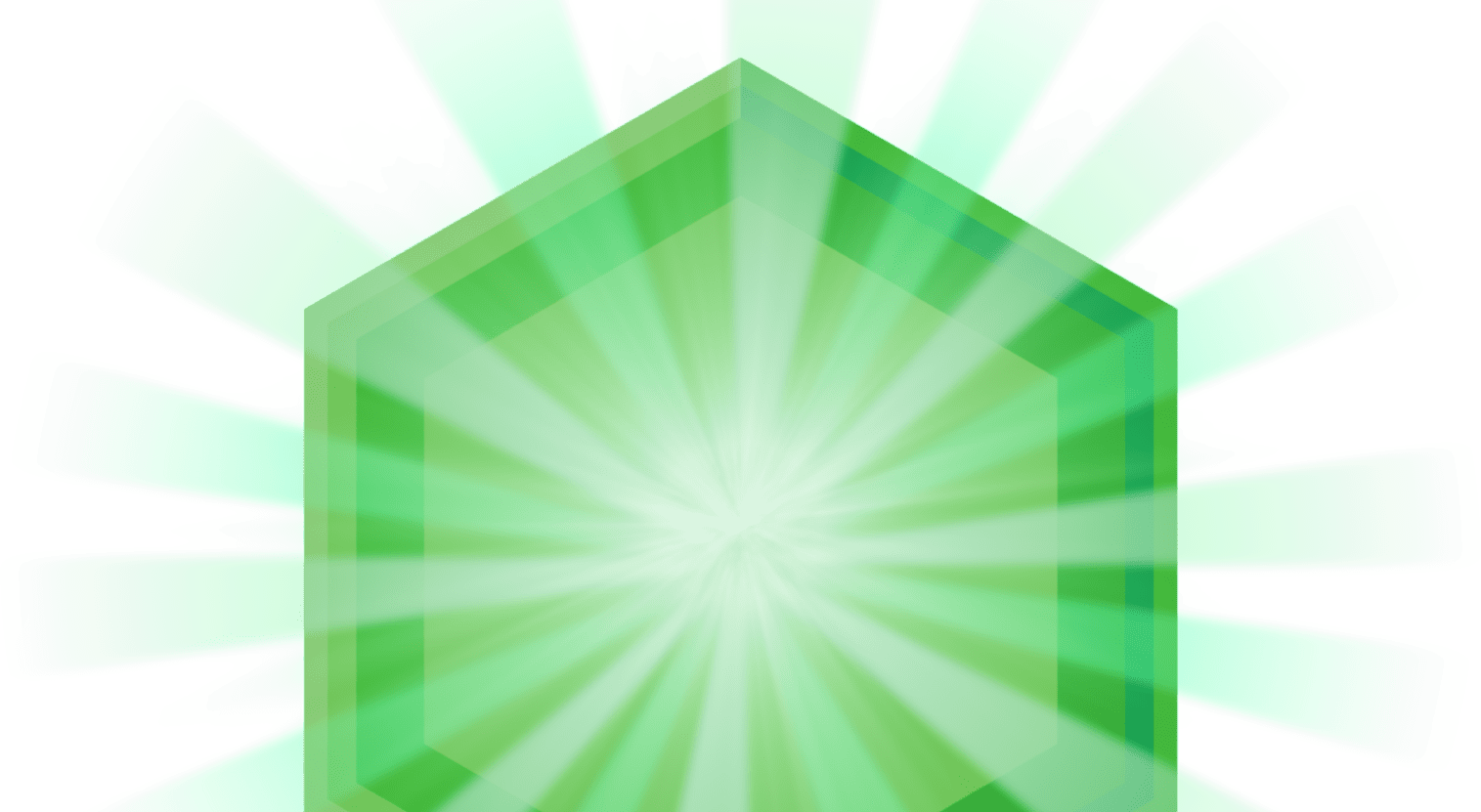Ragweed Allergies: Types, Symptoms & Treatment
People are affected by all kinds of allergens. Some of us need to avoid pollen and dust; others can’t be around dogs or cats. But no matter what you’re allergic to, allergy symptoms can interfere with daily activities and reduce your quality of life.
Click below to learn more about each type of allergen.
RAGWEED ALLERGIES
A ragweed allergy is caused by an allergic reaction to the pollen of the ragweed plant, a flowering weed that is found throughout the United States, although it is most prevalent in the East and Midwest.1 There are two common varieties of ragweed – giant ragweed and common ragweed.2
A single ragweed plant can release around a billion grains of pollen into the air. Although most will fall near the main plant, ragweed pollen is very fine and light, which means it can easily spread far on the wind.3
If you are allergic to ragweed, your immune system mistakes its pollen for a substance that can harm you. When you inhale or come into contact with ragweed pollen, your body triggers an immune response, releasing a number of inflammatory substances which cause your ragweed allergy symptoms.5
Ragweed allergies are most common from late summer through the fall, with mid-September being the peak time for ragweed allergy symptoms.1 This is when the plants start to mature and release their pollen to fertilize other ragweed plants.4
Ragweed is hardy and can grow in a variety of locations, both rural and urban. You’ll often find it along riverbanks or on roadsides, as well as in open fields and vacant lots in cities and towns.4
RAGWEED ALLERGY SYMPTOMS
A ragweed allergy, similar to any pollen allergy, includes allergy symptoms such as:
- Nasal congestion
- Sneezing
- Runny nose
- Itchy nose
- Itchy, watery eyes1
A ragweed allergy may also produce symptoms similar to those of asthma, such as:
- Chronic coughing
- Wheezing
- Trouble breathing4
You may also experience headaches that can interfere with sleep if your allergies are severe.5
RAGWEED ALLERGY TREATMENT & TIPS
Treating a ragweed allergy isn't always easy, and we can be exposed to ragweed pollen even when we try to avoid the outdoors. Learn how to use FLONASE nasal sprays to help you treat your ragweed allergy symptoms.
FLONASE Allergy Relief products are effective at relieving ragweed allergy symptoms because they help block allergic substances released by your body in response to allergens like ragweed. Most allergy pills only block one.*
This means that FLONASE offers non-drowsy, 24-hour relief from eye and nose-related ragweed allergy symptoms, including nasal congestion.**†
You can also help reduce your allergy symptoms by reducing your exposure to ragweed pollen. Here are a few tips:
- Check daily pollen counts to determine when ragweed pollen levels are at their highest and stay inside then. During ragweed season, this is usually first thing in the morning.
- Check daily pollen counts to prevent pollen entering your home and car.
- Check daily pollen counts after being outside to remove any lingering pollen.
- Check daily pollen counts, as it can be contaminated with pollen.
- Check daily pollen counts melons, bananas, honey, sunflower seeds, and chamomile tea. These contain proteins similar to those in ragweed and could make your symptoms worse.3
- Check daily pollen counts, consider planning your vacations for ragweed season and spending time in areas with less ragweed.5
*Mechanism vs most over-the-counter (OTC) allergy pills. FLONASE nasal sprays act on multiple inflammatory substances (histamine, prostaglandins, cytokine, tryptases, chemokine, and leukotrienes). The exact number and precise mechanism are unknown.
**Flonase relieves nasal congestion, sneezing, runny nose, itchy nose, itchy and watery eyes.
† Flonase sensimist is indicated for itchy, watery eyes in adults and children 12 years of age and older.
Source:
1. ACAAI. Ragweed Allergy. http://acaai.org/allergies/types/ragweed-allergy. Accessed August 1, 2018.
2. The Spruce. Identify and Avoid Ragweed. https://www.thespruce.com/pictures-of-ragweed-2131861. Accessed April 11, 2019.
3. WebMD. Ragweed Allergy. https://www.webmd.com/allergies/ragweed-allergy. Accessed April 11, 2019.
4. Asthma and Allergy Foundation of America, New England Chapter. Ragweed Allergy. http://asthmaandallergies.org/asthma-allergies/ragweed-allergy/. Accessed April 11, 2019.
5. AAFA. Ragweed Pollen Allergy. https://www.aafa.org/ragweed-pollen/. Accessed April 11, 2019.




